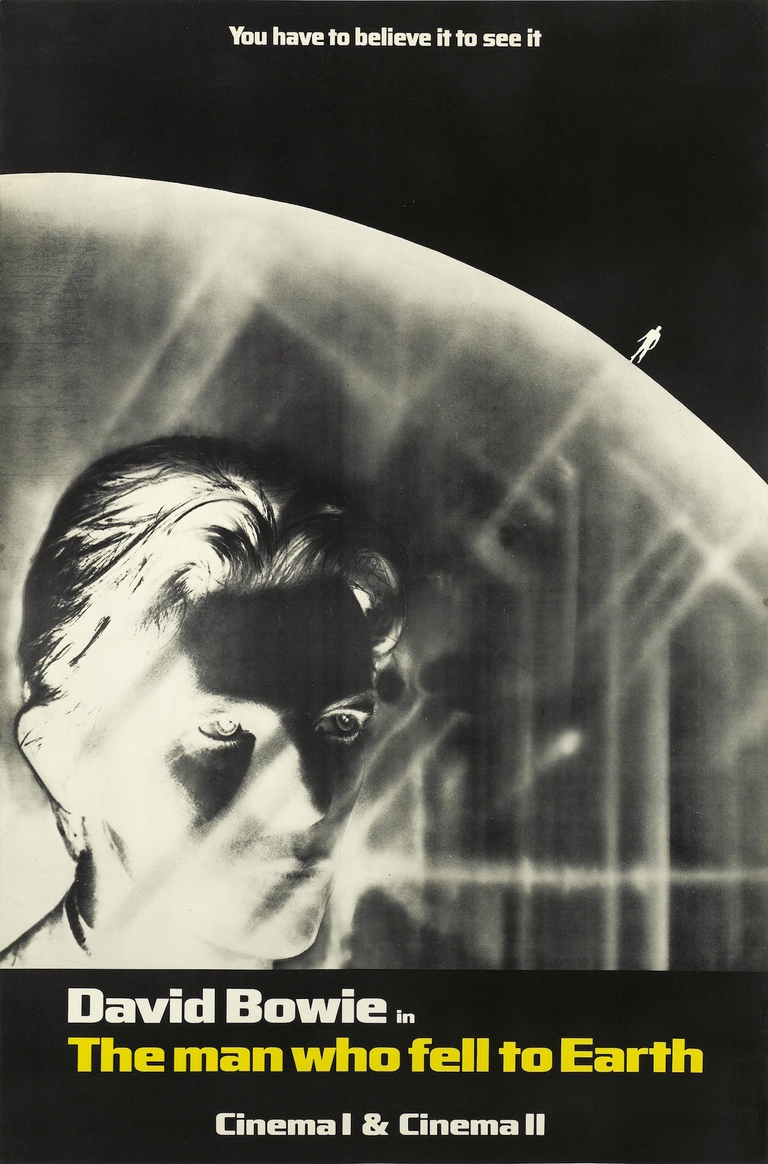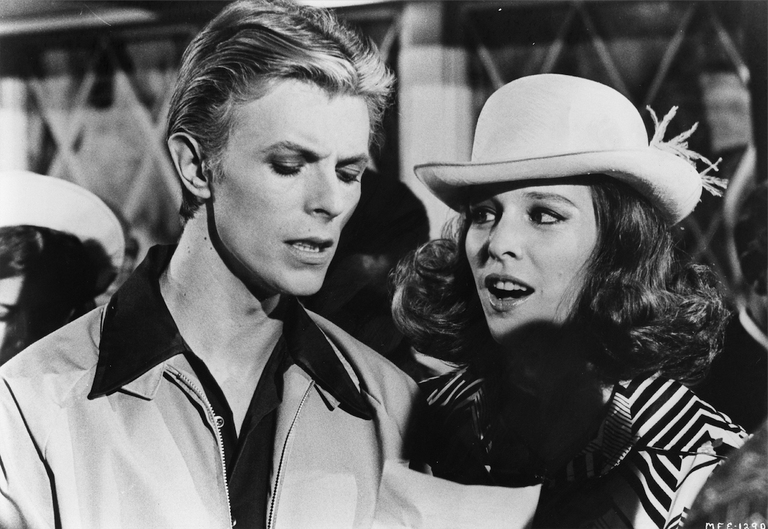
Renzo Piano’s archive in Genoa houses the great architect’s projects. It brings young people closer to creative work, which he equates to “looking into darkness without fear”.
The soundtrack to the film that consecrated David Bowie as The Man Who Fell to Earth, which wasn’t officially issued for the film screening, will be released for the film’s fortieth anniversary.
The Man Who Fell to Earth is a sci-fi film directed by Nicolas Roeg. Released in 1976, it stars a very young David Bowie, an alien who suddenly falls to our planet and tries to blend into humans.
The word that has most commonly been attributed to the cult movie is dark. Everything contributed to give it an air of mystery: the fact that it is based on a novel by Walter Tevis, its visual codes and the director’s aesthetics as well as David Bowie’s dazzling and inspired performance as the heavenly alien Thomas Jerome Newton.
The events surrounding the creation of the soundtrack are also dark. The soundtrack to the film has never been officially issued and it is soon to be released when the restored version of the film will be in UK cinemas for its fortieth anniversary.
The music is part of a box set including a book that tells the story of these mysterious events.
Even though the White Duke signed to compose the soundtrack to the film, he isn’t its author. The soundtrack to The Man Who Fell to Earth was written and produced by John Phillips of the Mamas and Papas and by Japanese musician Stomu Yamashta.
As The Guardian has recently reported, David Bowie had managed to complete only five or six bizarre tracks three months after shooting had completed, of which Paul Buckmaster, the arranger who worked on the demos, said:
I think [Roeg] just got these disparate pieces and probably said, ‘What the hell is this?’.
But a doubt persists: what happened to the music written by Bowie? It seems that some parts of the recording sessions for the soundtrack to the film were used in the album Low, even though Bowie stated that:
The reverse bass part of Subeterraneans is the only piece of the track directly taken from the scrapped soundtrack.
Some fans believe that the album entitled The Visitor, which appears in a scene of the film, is the original soundtrack written by Bowie. His keenest fans are even convinced that the album sits somewhere in a vault and hope, sooner or later, to listen to those five or six bizarre tracks that certainly exist but nobody knows where they are.
Siamo anche su WhatsApp. Segui il canale ufficiale LifeGate per restare aggiornata, aggiornato sulle ultime notizie e sulle nostre attività.
![]()
Quest'opera è distribuita con Licenza Creative Commons Attribuzione - Non commerciale - Non opere derivate 4.0 Internazionale.
Renzo Piano’s archive in Genoa houses the great architect’s projects. It brings young people closer to creative work, which he equates to “looking into darkness without fear”.
The 50th anniversary of the Moon landing on 20 July has awakened the fantasy of many. Here’s the perfect playlist of musicians who have let themselves be inspired by the universe and its celestial bodies.
N’we Jinan is a Canadian record label that gives First Nations students their voice back by allowing them to create their own music in mobile recording studios.
The Australian songwriter, who became famous with Follow the Sun, is back with Walk Away, a new and powerful ode to freedom. He’s about to set off on a world tour. Our interview with Xavier Rudd.
Three teenagers from New Zealand sing in the Maori language about abuse at the hands of British colonisers. Thanks to their thrash metal music, young people are being attracted to native culture.
There’s no room for anger, resignation, or desire for revenge in this playlist. There’s just the moral obligation of retracing and telling the stories that can’t go lost and forgotten all over again. We do so through music.
Le canzoni più belle del 2017 secondo LifeGate Radio. Con questa playlist lanciamo la nostra collaborazione con Spotify Italia che vi farà ascoltare la musica migliore, selezionata.
An organisation that unites over 1,000 mainly Maya women in Guatemala has expressed alarm that indigenous handicrafts, textiles called “huipiles” in particular, are under threat because underpriced industrial fabrics appropriating indigenous patterns have flooded the Guatemalan market, depriving many native women of their main source of income. Read more: Down to Xjabelle, the fashion collection by a young designer with Down
Rwandan creatives share a common dream: they want to use their art to bring about positive change in society, as well as put their country on the map. They’re mostly young, ambitious, self-taught and have a strong desire and determination to challenge mentalities, move forward and grow. In her documentary RWANDArt: A new creative generation, which









